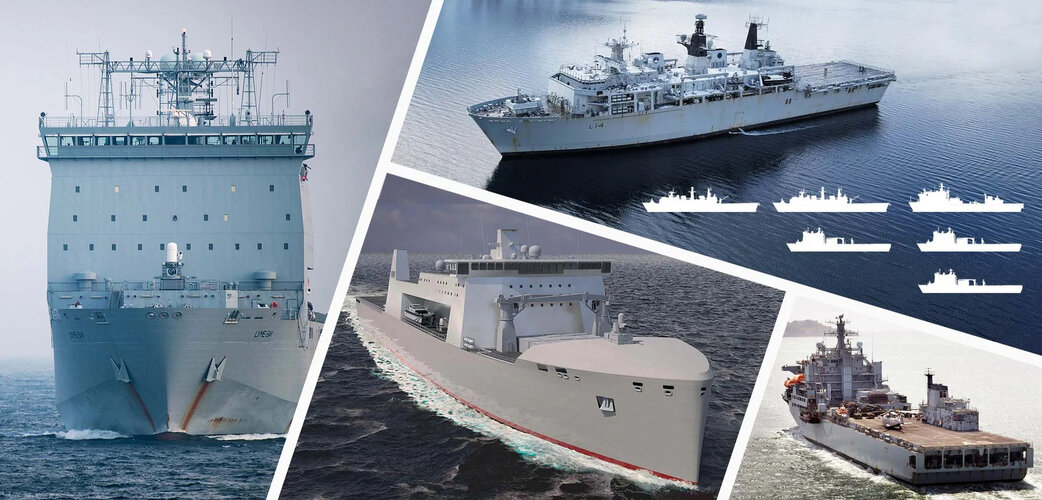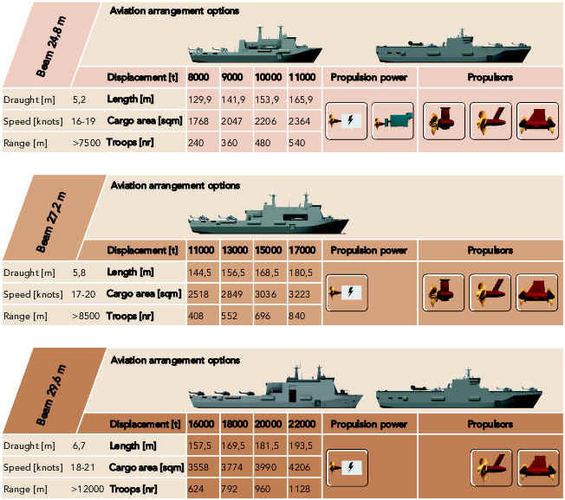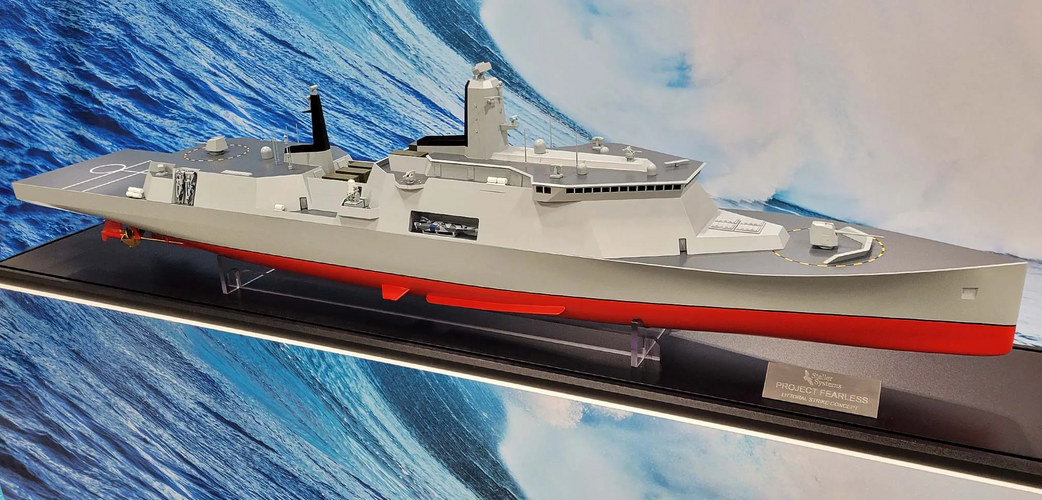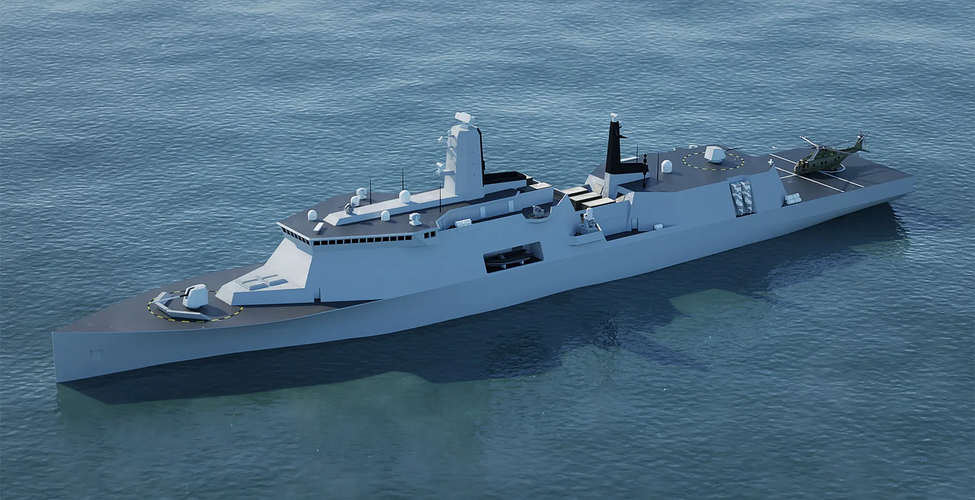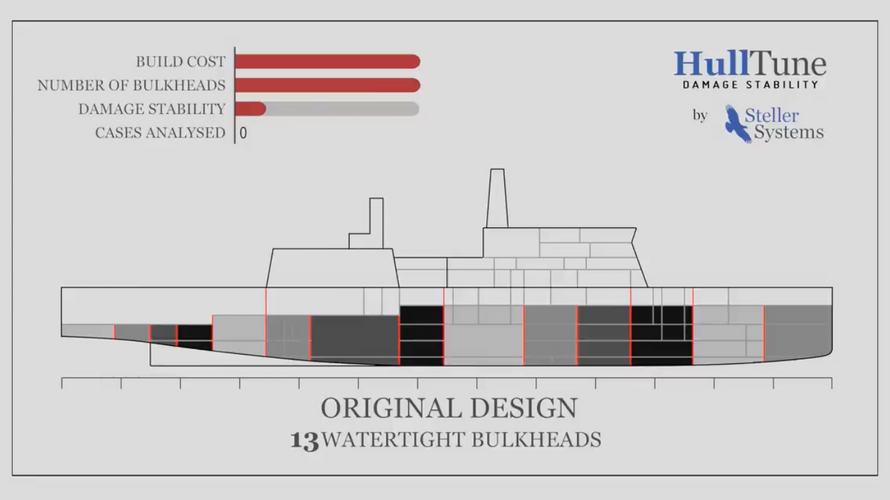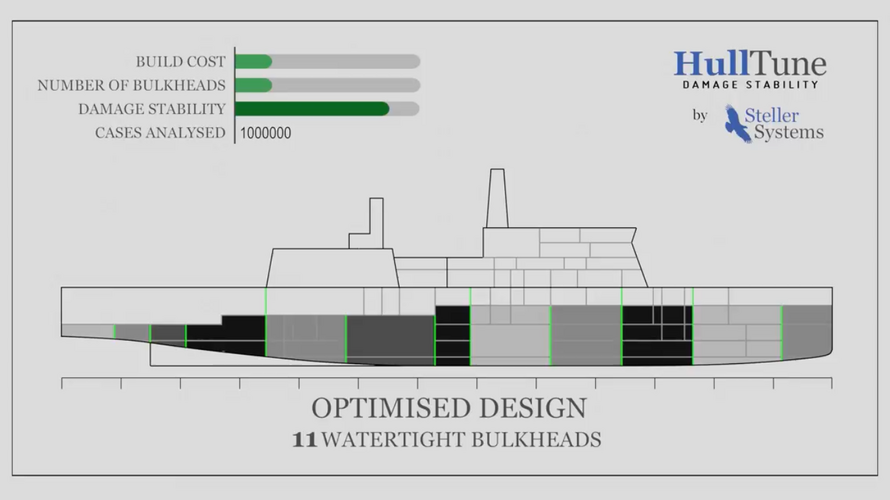Specific MRSS requirements in terms of overall force structure may affect or be affected by the Type 32 and Fleet Solid Support Ship.
This article dates from 2020, when the MRSS was still the Littoral Strike Ship.
The British Prime Minister has announced the biggest investment in the UK’s Armed Forces since the end of the Cold War, confirming an injection of £16.5 billion over four years. For the Royal Navy, plans for a new "Type 32" frigate have surfaced.

www.navalnews.com
While the 8 Type 26 frigates (also known as the City-class) and 5 Type 31 frigates were already planned to be procured, the real surprise in today’s announcement is the mention for the first time of the “Type 32”. Early rumors associated the term with an export variant of Type 31, T4X (Type 45 destroyer replacement), the Littoral Strike Ship project (which appears to be abandoned) or even a typo. Naval News learned from a reliable UK source that this is in fact some sort of “pre program” put in place for budgetary reasons in anticipation of a future potential “Type 31 Batch 2”. The source added that this potential “Type 31 Batch 2” may not necessarily be based on the Type 31 design.
Since then, Babcock and BAE Systems have released concepts for the Type 32 but no formal requirement has been issued. The Babcock proposal is a modified Type 31 while the BAE design is a clean sheet, optimised for strike.

www.navylookout.com

www.navylookout.com
The National Shipbuilding Strategy as of 2022 was to have the Type 32 as a drone mothership while both Babcock and (even more so) BAE have emphasised littoral strike. If the MRSS is to take a more aggressive role rather than just delivering troops, as looks likely, then I expect some delay in formulating the exact Type 32 requirements until they've worked out how it's going to work with the MRSS. Probably the drone support role will be emphasised and both of the released design proposals will undergo some changes.
The Type 32 Frigate will be the first of a new generation of warships with a focus on hosting and operating autonomous onboard systems.

ukdefencejournal.org.uk
As for the Fleet Solid Support Ship, this is the latest article I found. Contracts are going out, so it looks certain to remain a separate programme, suggesting that the MRSS will indeed be less logistics-biased and tilt more to offence/defence of troops. ELLIDA only has weapons for self-defence ('Daleks'), while Fearless has proper guns and missiles. Under the scenario I've described, that design probably has the edge.
By the way, Albion and Bulwark are Royal Navy combat vessels and are 'HMS' while the other ships are Royal Fleet Auxiliary, 'RFA'. All MRSS's will be 'HMS' and the FSSS's 'RFA' I guess.
"It is expected that approximately 60% of the contract value will be with UK companies."

ukdefencejournal.org.uk
Now there is a general election imminent in the UK, and the polls strongly indicate a Labour victory. Barring divine/diabolical (depending on your opinion) intervention, Keir Starmer will be the UK's next prime minister. He's spent years making it clear that he's not Jeremy Corbyn, so I don't think that there will be any major upset in plans for the RN.

 www.navylookout.com
www.navylookout.com


